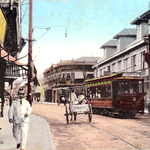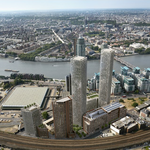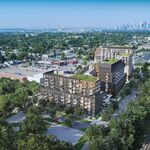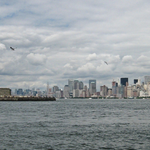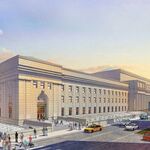With the worldwide population continuing to increase, cities are being forced to predict, manage, and adapt to this growth. As a result, sustainability has become a key consideration in the design of new buildings. Finding ways to recycle resources while decreasing energy usage is a challenge, but enhanced technology and engineering techniques are making the previously impossible possible.
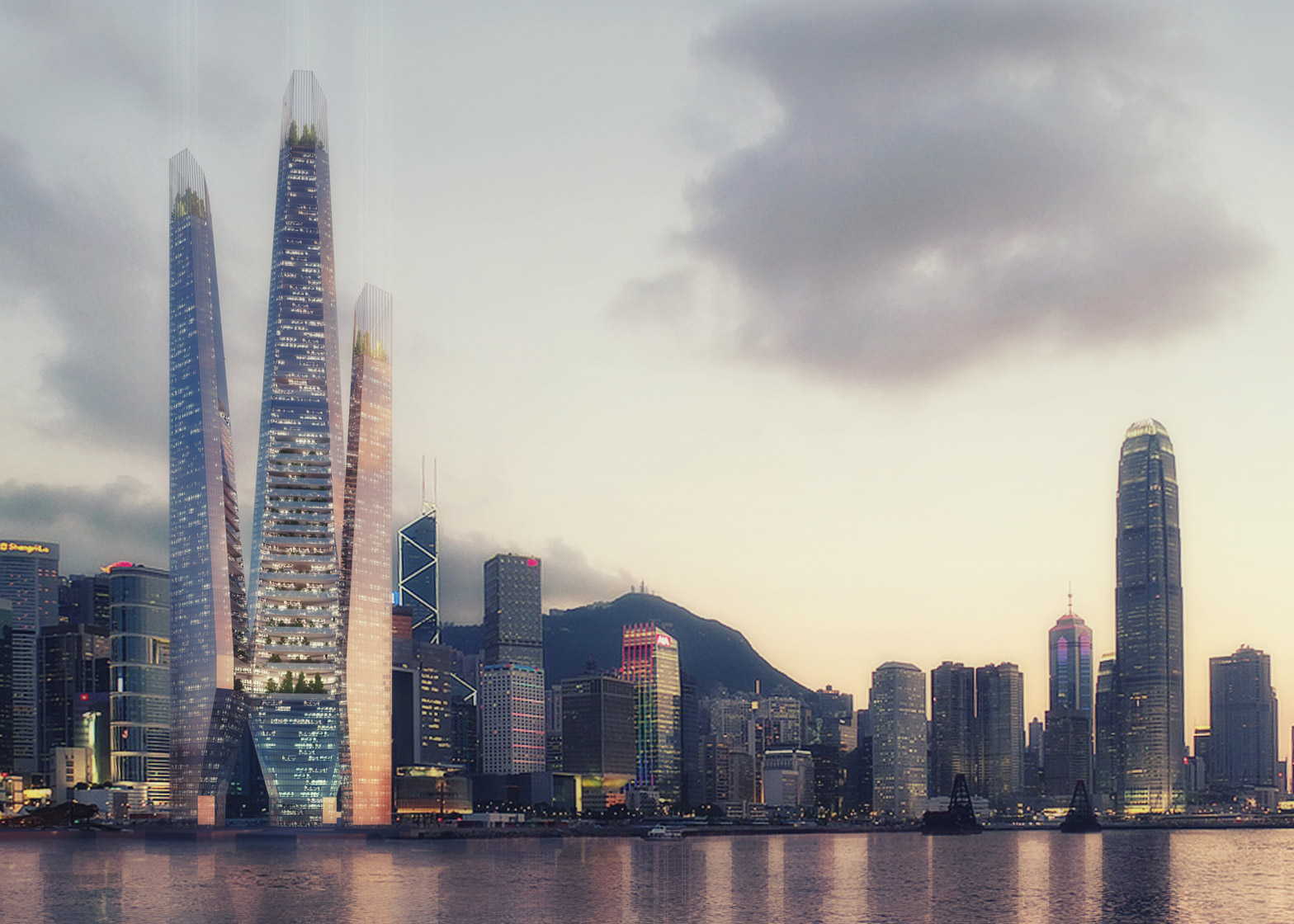 The proposed 'Arcology Skyscraper' in Hong Kong, image via Weston Williamson + Partners
The proposed 'Arcology Skyscraper' in Hong Kong, image via Weston Williamson + Partners
Arcology — a portmanteau of architecture and ecology — embraces the concept of high-density, sustainable living. Coined by architect Paolo Soleri and subsequently popularized in science fiction works, arcology's design principles encourage a mix of residential, commercial, and agricultural facilities in structures that minimize environmental impact. A building employing arcology principles could be self-sustaining; it could provide its own power, food, air and water purification, and sewage treatment.
 New Orleans Arcology Habitat, image via Yanko Design
New Orleans Arcology Habitat, image via Yanko Design
The innovative idea is largely hypothetical as arcology concepts have typically failed to get off the ground, mostly for financial and structural reasons. Some existing examples of urban infrastructure, particularly above- and below-grade pedestrian connection systems, adhere to arcology design principles. In addition to acting as vital transportation corridors, these networks often incorporate retail and entertainment services into their enclosures.
Have any other construction and development related terms that you would like to see featured on Explainer? Share your thoughts and questions in the comments section below!

 2.7K
2.7K 












